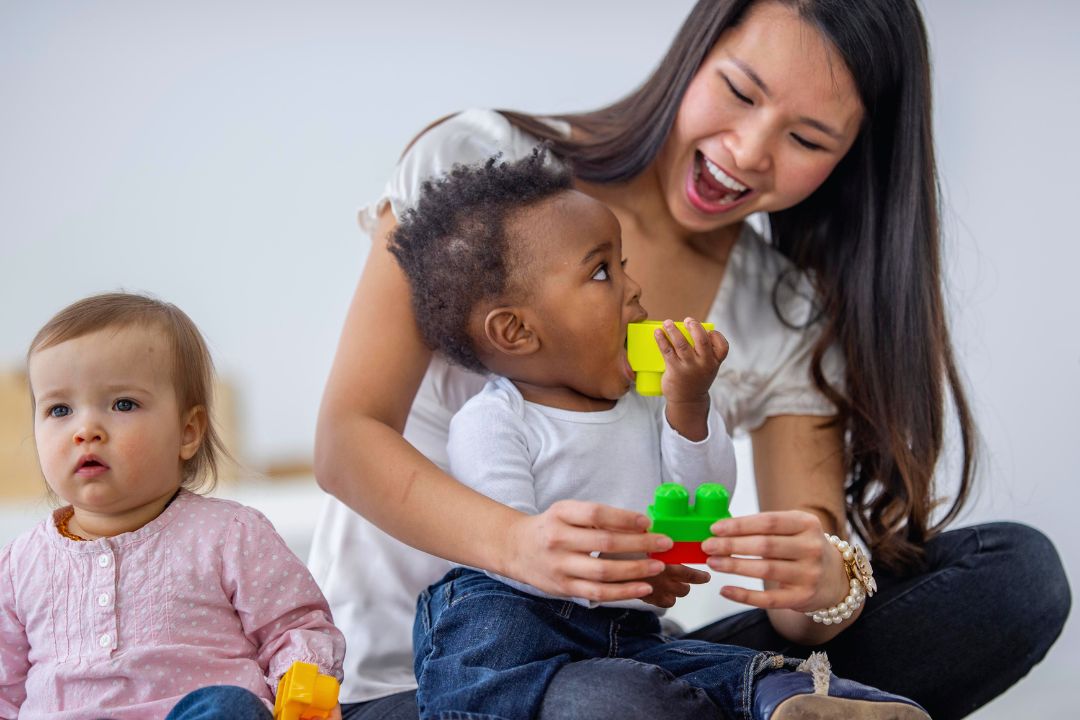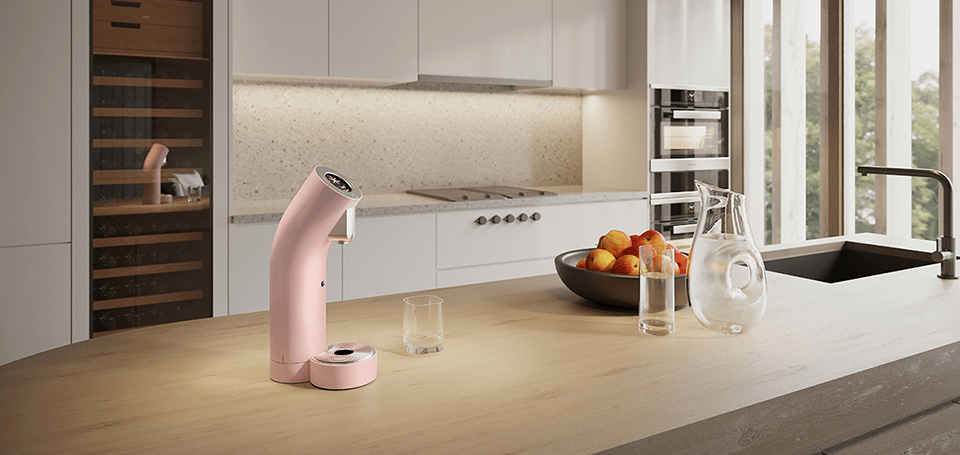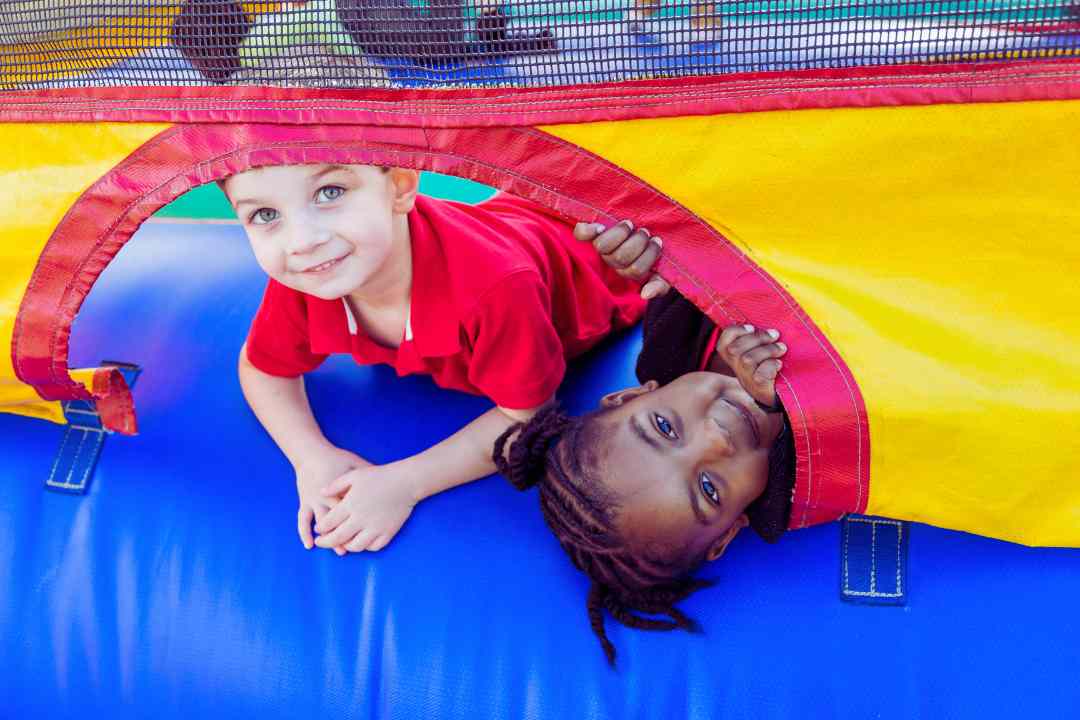Figurine photography is a skill that allows collectors and enthusiasts to capture the beauty and intricacy of their cherished figurines. Whether you want to showcase your figurines on social media or create stunning prints for display, learning how to photograph figurines effectively is essential. This article will explore figurine photography’s basics, from its importance to the equipment needed. We’ll also explore setting up your figurine, camera settings, post-processing techniques, and photograph display. So, let’s dive right in!
Understanding the Basics of Figurine Photography
Before we delve into the technical aspects of figurine photography, it’s important to understand why it is so crucial. Figurine photography allows collectors to immortalize their treasures and share them with others. It highlights the details, textures, and intricate designs that make each figurine unique. Through photography, you can capture the essence and beauty of your figurines, creating stunning visuals that can further enhance your collection.
Figurines have a rich history dating back centuries. They have been used for various purposes, from religious and cultural significance to decorative and commemorative purposes. Each figurine tells a story, representing a particular era, culture, or theme. By photographing these figurines, you not only preserve their physical form but also capture the historical and cultural significance they hold.
Importance of Figurine Photography
Figurines are often intricately designed, with delicate details that may go unnoticed by the naked eye. Through photography, you can capture the fine details of small figurines, showcase craftsmanship, and even convey the story behind each figurine. Moreover, figurine photography allows you to share your collection, building connections and sparking conversations among enthusiasts.
When you share your figurine photographs, you contribute to a broader community of collectors and enthusiasts who appreciate the artistry and beauty of these miniature sculptures. You can engage in discussions about the history, symbolism, and techniques used in creating these figurines, expanding your knowledge and deepening your appreciation for the art form.
Essential Equipment for Figurine Photography
Before we jump into the technical aspects of photographing figurines, let’s discuss the essential equipment you’ll need. Firstly, you’ll need a camera capable of shooting in manual mode, as this will give you full control over the settings. While a DSLR or mirrorless camera is ideal, you can also achieve great results with high-quality smartphone cameras. Additionally, you’ll need a sturdy tripod to keep your camera steady during long exposures, especially for close-up shots.
When it comes to figurine photography, the choice of lens is crucial. A macro lens or extension tubes are highly recommended for capturing the intricate details of the figurines. These lenses allow you to get up close and personal with the subject, revealing the smallest textures and nuances that make each figurine special.
Lighting is key in figurine photography. A couple of options are natural light and artificial lighting setups. Natural light offers a soft, diffused illumination that reveals your figurine’s details. If shooting indoors, place your figurine near a window but be mindful of harsh shadows. On the other hand, artificial lighting setups, such as continuous lights or speed lights, give you more control over the direction and intensity of light. Experiment with different lighting configurations to achieve the desired results.
Additionally, using reflectors and diffusers can help control the light and reduce harsh shadows. Reflectors bounce light back onto the figurine, filling in shadows and adding a touch of brightness. Diffusers, on the other hand, soften the light, creating a more even and pleasing illumination.
Lastly, a variety of accessories can assist in your figurine photography ventures. These include a remote shutter release for minimizing camera shake, especially during long exposure shots. Props and backdrops can also enhance the visual composition of your photographs, adding depth and context to the figurines. Consider using miniature dioramas or themed backgrounds that complement the style or story of the figurine.
Remember, figurine photography is not just about capturing a still image. It’s about telling a story, evoking emotions, and sharing your passion for these miniature works of art. You can transform your figurine collection into a visual masterpiece with the right equipment, lighting, and creativity.
Setting Up Your Figurine for Photography
Once you have all the necessary equipment, it’s time to set up your figurine for photography. Proper positioning, selecting the right background, and mastering lighting techniques are crucial for capturing stunning images of your figurine.
Choosing the Right Background
Selecting the appropriate background can significantly impact the overall appearance of your figurine photograph. Solid-colored backdrops, such as white, black, or neutral tones, provide a clean, uncluttered look that directs the viewer’s attention solely to the figurine. Experiment with different materials like fabric or paper, considering how they complement or contrast with the colors and textures of your figurines.
Add depth and context to your images by incorporating relevant props or contextual backdrops. For example, if your figurine depicts a forest scene, a miniature tree, or a diorama can create a sense of narrative and immersion within the photograph.
Positioning Your Figurine
The position of your figurine is crucial in effectively capturing its essence. When setting up your figurine, consider the lines, angles, and perspectives that best showcase its features. Experiment with different poses, focus on specific details or capture the figurine from multiple angles to offer a comprehensive view.
Creating a sense of movement or storytelling can elevate your figurine photography. Try positioning your figurine in dynamic poses or capturing it mid-action. This adds interest and engages the viewer as if frozen in a moment within a larger story.
Lighting Techniques for Figurine Photography
Lighting is one of the most crucial aspects of any photograph, and figurine photography is no exception. Experiment with different lighting techniques to achieve the desired mood and emphasize the details of your figurines.
As mentioned earlier, natural light can be a fantastic option. Position your figurine near a window and observe how the soft, diffused light wraps around the subject. You can also use reflectors or diffusers to manipulate the intensity and direction of natural light.
If you prefer controlled lighting, artificial setups come in handy. Softboxes, light umbrellas, or LED panels can provide consistent and adjustable lighting. Consider the shadows and highlights these artificial lighting setups cast, and adjust accordingly to highlight the features and textures of your figurine.
Camera Settings for Figurine Photography
Once you have your figurine set up and properly lit, it’s time to fine-tune your camera settings to capture the best possible images.
Understanding Aperture, Shutter Speed, and ISO
Aperture, shutter speed, and ISO settings are fundamental to photography, regardless of the subject. However, understanding how these settings affect the final image is crucial for figurine photography.
Aperture determines the depth of field in your photograph, controlling how much of the scene is in focus. For close-up shots, a wider aperture (lower f-stop number) can create a shallow depth of field, isolating your figurine and producing a pleasing bokeh effect. Conversely, a narrower aperture (higher f-stop number) can ensure that more of the scene, including the background, remain focused.
Shutter speed refers to the amount of time your camera’s shutter remains open. When photographing figurines, you’ll typically use a tripod, allowing you to shoot at slower shutter speeds without introducing a camera shake. Slower shutter speeds can capture more light, which is ideal for low-light situations or creating intentional motion blur. However, a faster shutter speed is necessary to photograph an action figure or freeze any movement.





